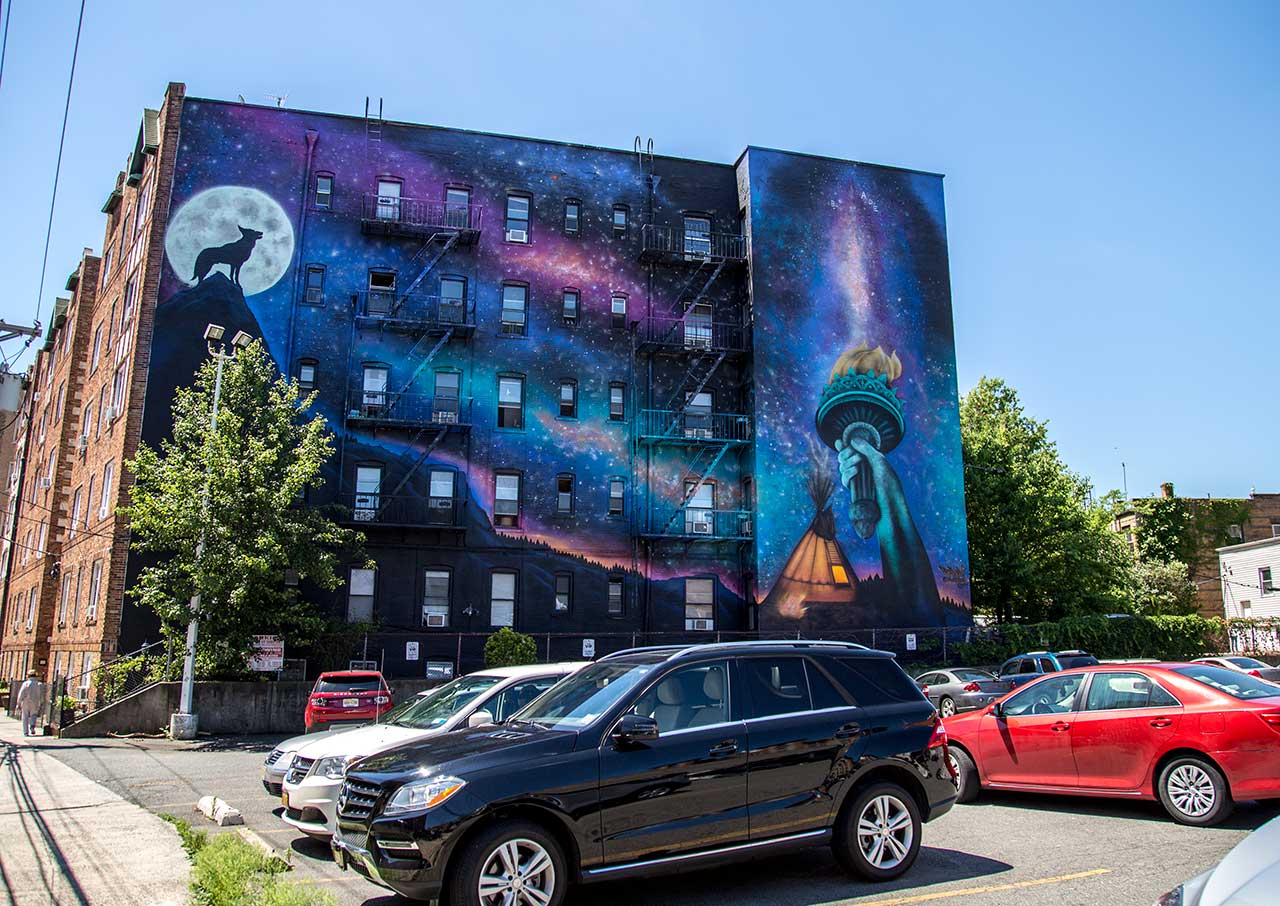 David Goodwin, an urbanist and writer, recently contributed an article to Strong Towns about the scary state of the arts in Jersey City, sparked by an open letter from Jersey City artists and arts professionals to Jersey City officials published in The Jersey Journal on May 17th.
David Goodwin, an urbanist and writer, recently contributed an article to Strong Towns about the scary state of the arts in Jersey City, sparked by an open letter from Jersey City artists and arts professionals to Jersey City officials published in The Jersey Journal on May 17th.
Without some serious city support, without securing “both physical spaces and a seat at the political table, another opportunity might not present itself,” wrote Mr. Goodwin. Jersey City’s pace of development, growing population, and rising prices put the once thriving arts scene at a tipping point. “Jersey City might develop into another repository of capital and wealth utterly devoid of living art and culture.” And how did we get here? The article pointed to comments on the letter which elaborated on two significant events in the city’s arts timeline.
Jersey City experienced the same migration of artists and organizations from New York City that Williamsburg, Brooklyn, did in the early 2000s. From 1987 until 2005, hundreds of artists worked in the old tobacco warehouse at 111 1st Street. In 2005, the owner evicted the artists and tore down the building, destroying plans for an arts-centric development in the neighborhood.
The second significant event was the closing of the Jersey City Museum in 2010. Mr. Goodwin summarized, “The grassroots center of the arts died with 111 1st Street, and the community lost a voice of institutional authority with the shutting of the museum.”
The open letter outlined four action items for Jersey City officials: dedicate the 3% Hotel/Motel/Occupancy Tax to local arts/culture non-profits and distribute the funds through a neutral arts entity, make all future decisions for rezoning arts districts with the same neutral arts entity at the table, halt all arts programs currently underway (including the JC Mural Arts program) until transparency and artists’ input can be guaranteed, and appoint a staff member at the Department of City Planning to represent and uphold arts initiatives.
While the architects of the letter–everyone from board members, executive directors, artistic directors, and local artists–provided very specific feedback for the city’s handling of arts-related projects in the past, informing the change they demand for the future, the article offered some additional solutions that draw on other cities’ successes.
Lease unused/vacant city land/property to arts organizations (NYC’s 596 Acres is promoting this approach with the NYC Parks Department), “professionalize” the JC Mural Arts program (Philadelphia and Easthampton, MA, are strong examples), use a percentage of proposed large developments’ budgets to fund and install public art (NYC has been doing this since 1982), and Jersey City could entice smaller developers interested in arts/culture.
A vibrant local arts community is intrinsic to the economic and cultural well-being of any city and the Strong Towns article points out that a productive part of the local economy and its voice to tell the stories of the community is in jeopardy, calling on residents and businesses to demand change.
Strong Towns is a media organization that challenges every citizen to rethink how American cities are built.